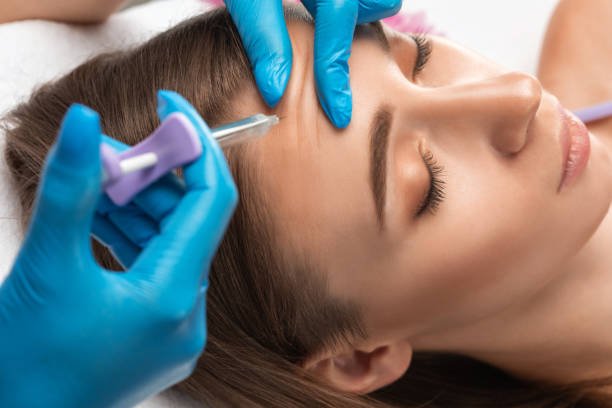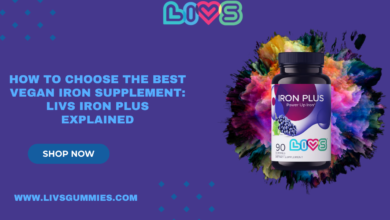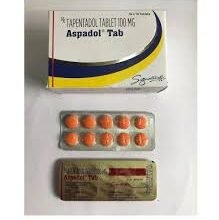
In the world of cosmetic enhancements, Botox and dermal fillers are two popular treatments. Both aim to improve your appearance, but they work in different ways and are suited to different needs. If you’re considering either treatment, it’s essential to understand their differences, benefits, and potential drawbacks. This guide will help you make an informed decision about whether Botox injection in Dubai(حقن البوتوكس في دبي) or dermal fillers are the right choice for you.
Understanding Botox Injection in Dubai
What is Botox?
Botox is a brand name for botulinum toxin, a substance that temporarily paralyzes muscles. When injected into specific facial muscles, it can smooth out wrinkles and fine lines. Botox is commonly used to treat crow’s feet, frown lines, and forehead lines. In Dubai, Botox injection is a popular choice for those looking to achieve a youthful appearance with minimal downtime.
How Botox Works
The primary mechanism behind Botox injection in Dubai involves blocking nerve signals to the muscles. By inhibiting these signals, the muscles are unable to contract, which helps in reducing the appearance of wrinkles. The effects of Botox typically last between 3 to 6 months, after which a touch-up session may be required to maintain the results.
Benefits of Botox Injection in Dubai
- Quick Procedure: Botox injections are relatively fast, usually taking around 15 to 30 minutes.
- Minimal Downtime: Most people can resume their daily activities immediately after the procedure.
- Non-Surgical: No need for invasive surgery or extended recovery periods.
Potential Drawbacks
- Temporary Results: The effects are not permanent and require periodic treatments.
- Possible Side Effects: Some may experience bruising, swelling, or a headache.
Exploring Dermal Fillers in Dubai
What are Dermal Fillers?
Dermal fillers are substances injected into the skin to restore volume, smooth lines, and enhance facial contours. Unlike Botox, which targets muscle activity, fillers address volume loss and deep lines by physically plumping the skin. Common types of dermal fillers include hyaluronic acid, calcium hydroxylapatite, and poly-L-lactic acid.
How Dermal Fillers Work
Dermal fillers work by adding volume to specific areas of the face. For instance, hyaluronic acid fillers can plump up lips, cheeks, and under-eye areas. The results are often visible immediately and can last from 6 months to 2 years, depending on the type of filler used and the area treated.
Benefits of Dermal Fillers
- Instant Results: Results are usually visible right after the injection.
- Versatile Treatment: Can be used for various concerns such as volume loss and facial contours.
- Longer-lasting Effects: Depending on the type, results can last from several months to a couple of years.
Potential Drawbacks
- Possible Discomfort: Some patients may experience swelling, redness, or bruising.
- Maintenance Required: While results last longer than Botox, touch-ups are still necessary over time.
Botox vs. Fillers: Key Differences
Treatment Goals
Botox is primarily used for reducing dynamic wrinkles caused by muscle contractions. It’s ideal for people who want to smooth out lines on the forehead, between the eyebrows, and around the eyes. On the other hand, dermal fillers are best suited for adding volume to areas that have lost elasticity, such as the cheeks, lips, and nasolabial folds.
Duration of Results
Botox provides temporary results that typically last between 3 to 6 months. Dermal fillers, depending on the type used, can offer results that last anywhere from 6 months to 2 years. If you prefer a longer-lasting effect, fillers might be the better option.
Treatment Areas
Botox is used for treating areas where muscle activity creates wrinkles. Dermal fillers are used to treat areas where volume has been lost or to enhance facial features. For instance, if you’re looking to add fullness to your cheeks or lips, fillers are more suitable. If your goal is to smooth out existing lines caused by muscle movements, Botox is the better choice.
Procedure and Recovery
Both treatments are minimally invasive, but Botox is typically quicker and involves less swelling and bruising. Dermal fillers might cause more noticeable swelling initially, but this usually subsides within a few days.
Making the Right Choice for You in Dubai
Consult with a Professional
The best way to determine whether Botox injection in Dubai or dermal fillers are right for you is to consult with a qualified cosmetic specialist. They can assess your individual needs, discuss your goals, and recommend the most appropriate treatment.
Consider Your Goals and Preferences
Think about what you want to achieve with the treatment. If you’re looking to smooth out dynamic wrinkles and prefer a quick, non-invasive procedure, Botox may be the right choice. If you’re interested in enhancing volume and contours, dermal fillers might be more suitable.
Assess Your Budget and Commitment
Consider how often you’re willing to return for touch-up treatments and how much you’re willing to invest. Botox may require more frequent visits, while dermal fillers, although potentially more expensive upfront, may offer longer-lasting results.
Conclusion
Both Botox injection in Dubai and dermal fillers offer effective solutions for enhancing your appearance, but they serve different purposes. Botox is ideal for treating wrinkles caused by muscle contractions, while dermal fillers are best for adding volume and contouring. Consulting with a cosmetic expert will help you make an informed decision based on your individual needs and goals.



